Description
Oat hay for sale: Learn about its nutritional benefits, uses for livestock (horses, rabbits, and more), and how it compares to other types of hay. Buy now.
Oat hay for sale
Oat Hay: A Nutritional Powerhouse for Your Small Animals
Oat hay, often overshadowed by its more popular cousin Timothy hay, is a fantastic and beneficial forage option for a variety of small animals, including rabbits, guinea pigs, chinchillas, and even hamsters and gerbils. While Timothy hay is often recommended as the primary hay source, oat hay offers unique nutritional advantages and can add valuable variety to your pet’s diet.
What is Oat Hay?
Oat hay is exactly what it sounds like: hay made from oat plants. It’s harvested when the oat grains are in their milky stage, before they fully ripen and become hard. This timing results in a sweet, palatable hay with a slightly higher carbohydrate content compared to other types of hay.
Nutritional Benefits:
- Fiber: Like all hays, oat hay is a rich source of fiber, crucial for maintaining healthy digestion in rabbits and guinea pigs. Fiber aids in proper gut motility, preventing issues like gut stasis (a potentially life-threatening condition).
- Protein: Oat hay generally contains a higher protein content than Timothy hay, making it a good option for young, growing animals, pregnant or lactating females, or those recovering from illness.
- Palatability: The slightly sweet taste of oat hay often makes it more appealing to picky eaters. If your pet is reluctant to eat other types of hay, offering oat hay can encourage them to consume the necessary fiber.
- Vitamin and Mineral Content: Oat hay contributes valuable vitamins and minerals to your pet’s diet, supporting overall health and well-being. While the specific nutrient profile can vary depending on the growing conditions, it generally contains essential vitamins and minerals.
When to Feed Oat Hay:
While oat hay can be a beneficial addition to your pet’s diet, it’s important to offer it appropriately. Here are some key considerations:
- Variety is Key: Think of oat hay as a supplement or treat, not the sole source of hay. Timothy hay or orchard grass should remain the primary hay option, providing the optimal fiber-to-protein ratio for most adult small animals. Offer oat hay alongside these to provide variety and encourage consumption.
- Growing Animals: Young animals with higher protein needs can benefit from a larger proportion of oat hay in their diet. Consult with your veterinarian to determine the appropriate ratio for your pet’s specific needs.
- Weight Management: Due to its higher carbohydrate content, oat hay should be offered in moderation, especially for overweight animals or those prone to weight gain.
- Picky Eaters: If your pet refuses to eat other types of hay, offering a small amount of oat hay can help encourage them to consume more hay overall.
Choosing and Storing Oat Hay:
When selecting oat hay, look for:
- Fresh, Sweet Smell: High-quality oat hay should have a pleasant, slightly sweet aroma.
- Greenish Color: A greenish color indicates freshness and proper curing. Avoid hay that is brown or moldy.
- Plump Oat Heads: The presence of plump oat heads is a sign of good quality and palatability.
Store oat hay in a cool, dry place, away from direct sunlight. Proper storage helps prevent mold growth and preserves its nutritional value.
Conclusion:
Oat hay can be a valuable addition to your small animal’s diet, providing a boost of protein, fiber, and palatability. By understanding its nutritional benefits and offering it in moderation alongside other hay types, you can contribute to the overall health and happiness of your furry friend. As always, consult with your veterinarian to determine the best dietary plan for your individual pet.
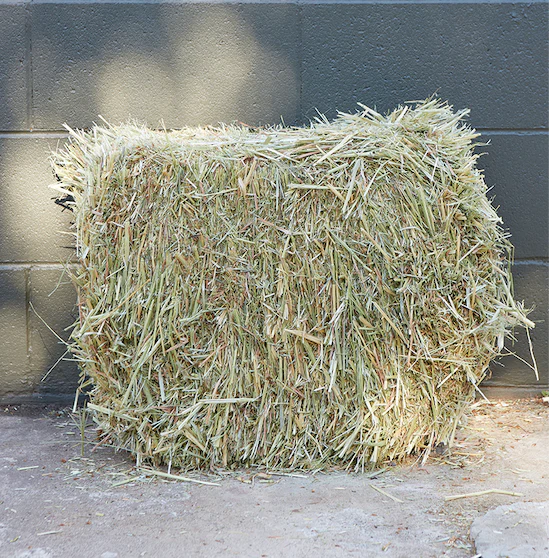
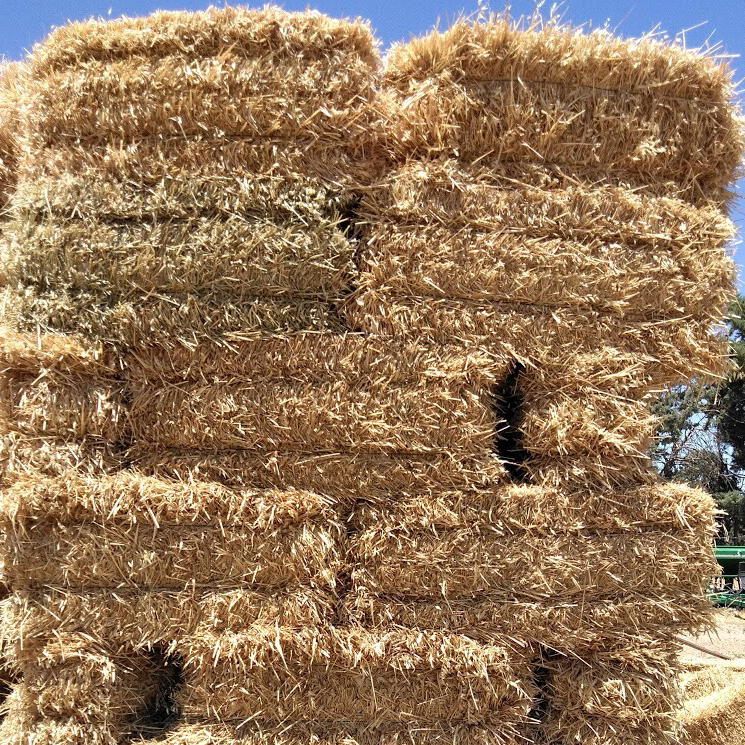


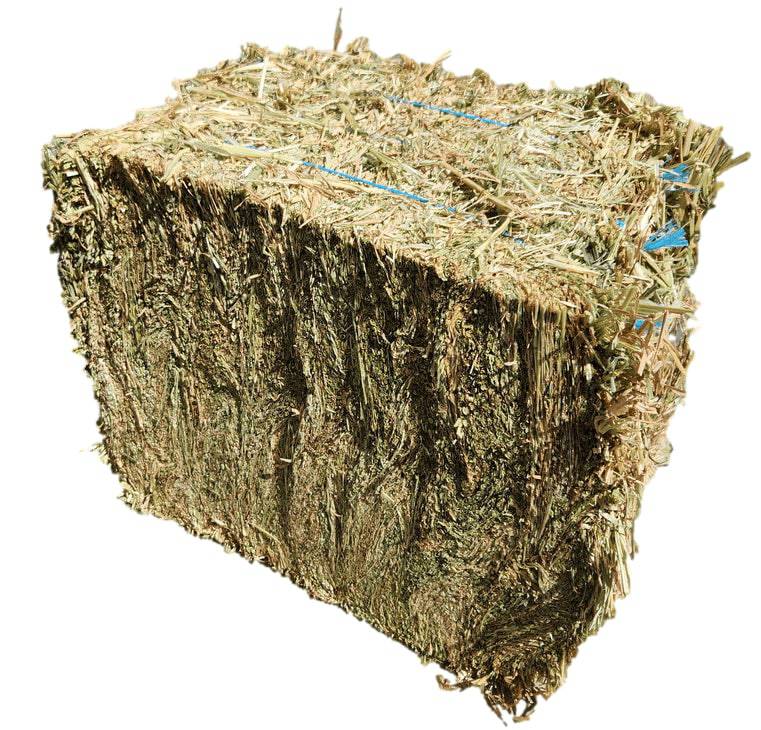

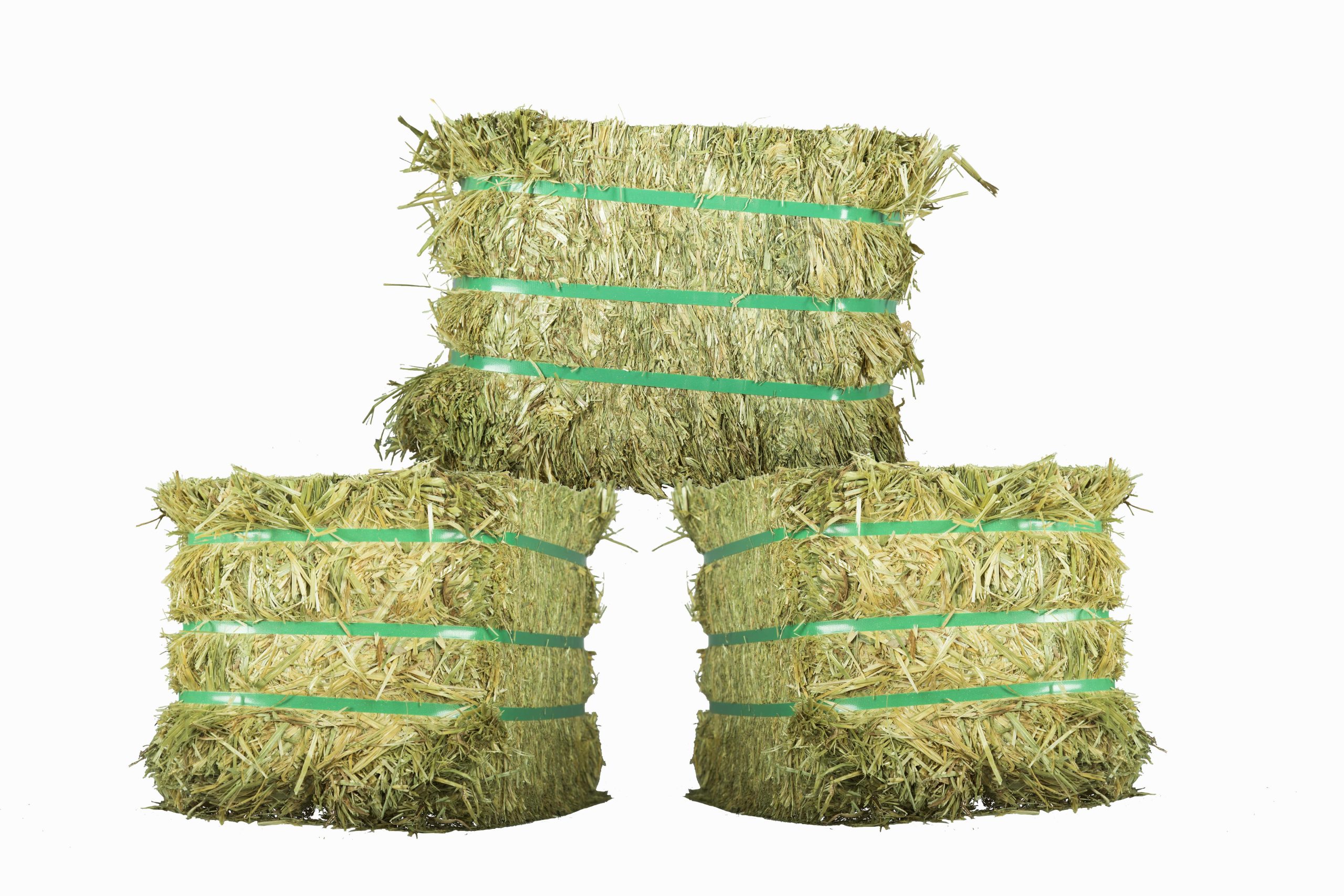

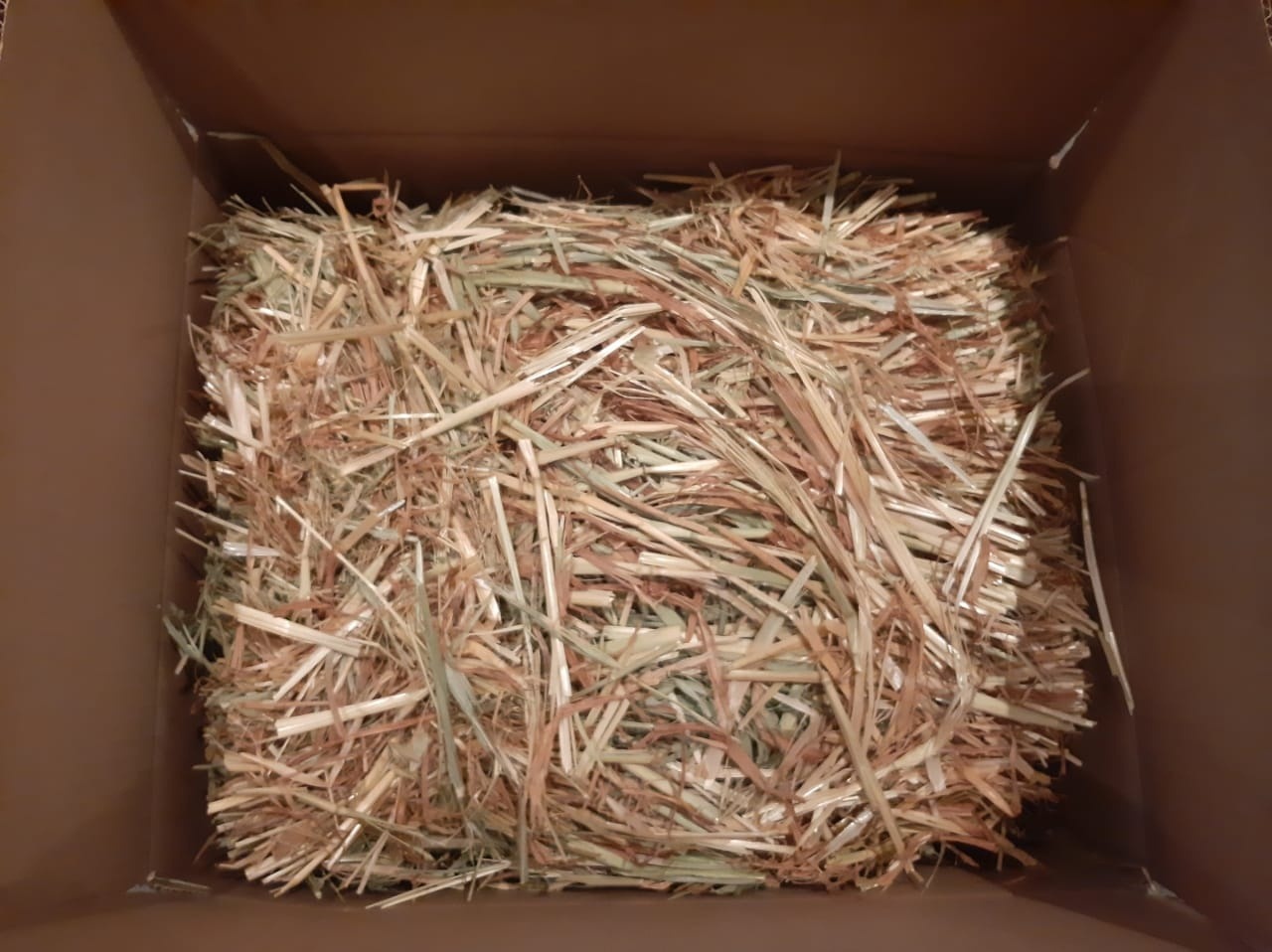

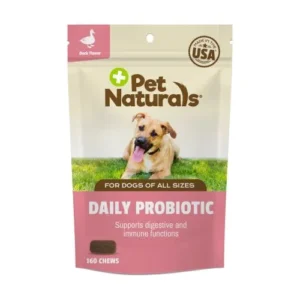
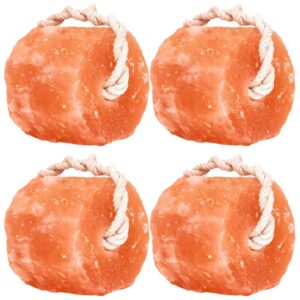



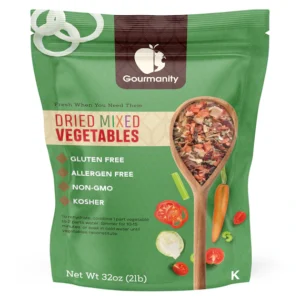
Reviews
There are no reviews yet.